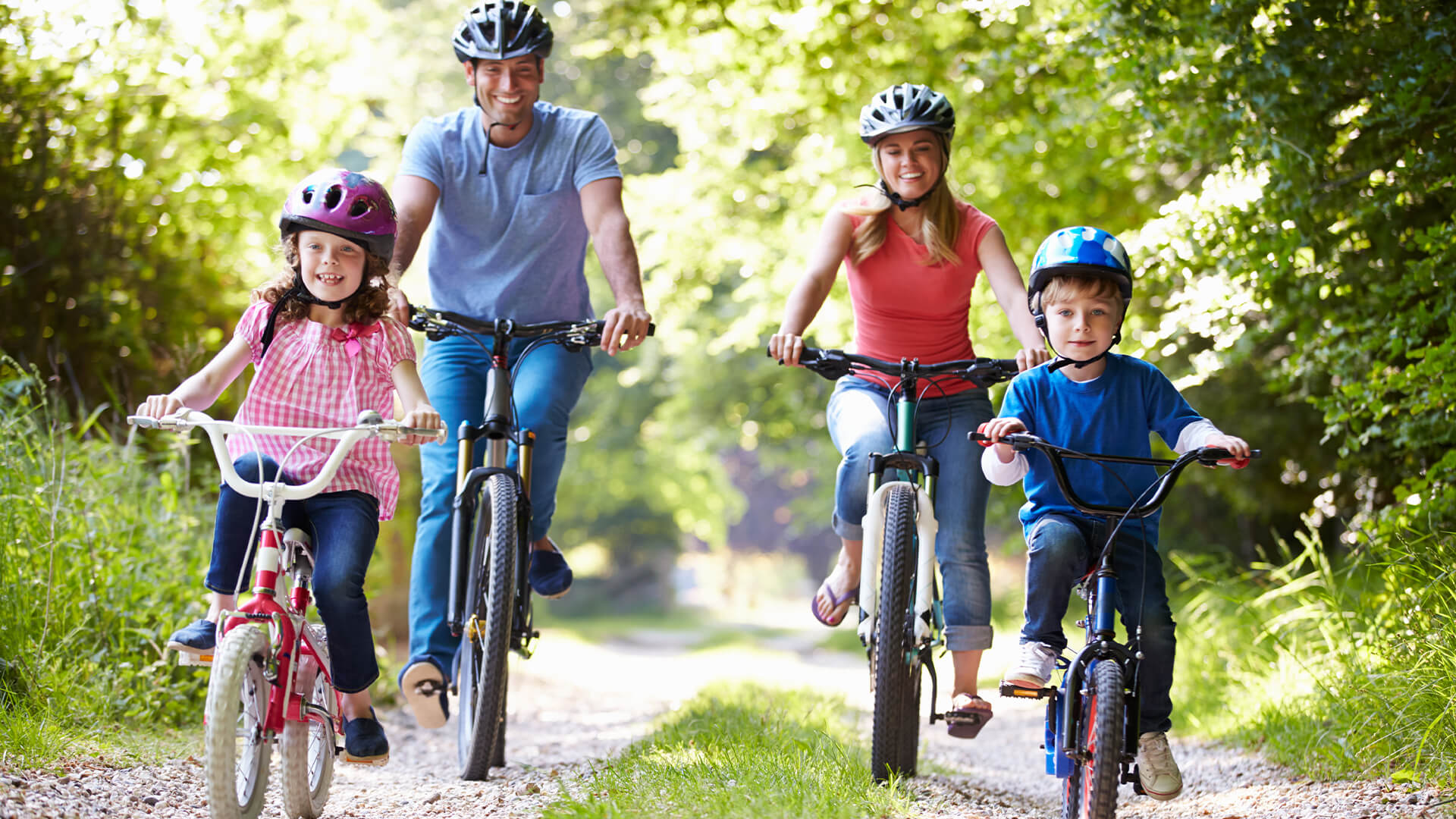While COVID-19 pandemic continues, and we all continue to avoid public transport yet try to remain mobile, bicycle retailers across the nation have experienced a wave of new sales, with many seeing customers lining up around the block for hours just to grab a new set of wheels.
Meanwhile, as many retailers suffer trade collapses thanks to the Coronavirus and the restrictions its imposed on our otherwise daily lives, other retailers are overwhelmed by a spike in demand.
The bicycle industry is one of those, which has created the perfect opportunistic excuse to get fit by riding a bike, without worrying about breaching any social distancing rules.
Around the nation, bicycle retailers and repair shops have welcomed the opportunity to continue trading during the lockdown after the government deemed them an essential service beside supermarkets and pharmacies.
With people wanting to jump back on their bicycles, whether for a sense of independence, as a new way to get active or simply to avoid using public transport, bicycle retailers are now experiencing a sudden boom in sales, seeing a healthy outcome from the Coronavirus crisis.
The Case of Retailer “99 Bikes” in Bondi Junction
In Sydney’s Eastern Suburbs, bicycle shop 99 Bikes has witnessed a huge surge in bicycle sales during the COVID-19 outbreak, with queues winding out the door over the last several weeks.
Based in Bondi Junction, the queues are partly attributed to social distancing rules, but more significantly, the lockdown restrictions have created a demand for novel ways to exercise and get about.
Speaking to The Australian Financial Review, Bikes 99 sales assistant, Nick Johns, said the last four weeks has been “non-stop”.
“We’ve got people dusting off old bikes, we’ve had a lot of people who have been thinking about getting a bike for a long time who say they may as well do it now,” Mr Johns said.
“We’ve also had a lot of people spending time with their family which is really good to see, buying kids bikes. We’ve even had a few families come into and buy all bikes [for the whole family].”
According to Mr Johns, it was clear to see that families are now spending more time together and more people are getting active.
“They’ve got the choice if they want to get fat and be alcoholics or get fit and love their family, that’s how I see it. Sorry I’m blunt,” he said.
Across Australia, 99 Bikes has 47 stores. The bicycle retailer is jointly-owned by Flight Centre, Graham Turner – who cofounded the Flight Centre travel agency network – and employees.
In order to cope with the increased demand for bicycles arriving with the coronavirus outbreak, the company has employed approximately 50 extra staff.
Of these, about half are staff from Flight Centre who have been stood down.
With the rise in use of bicycles, whether to maintain independence, get fit or avoid public transport, it’s also caused an increase in importance for us all to be aware of the legal obligations as a cyclist in Australia.
A General Outline on the Road Rules Around Riding a Bicycle in Australia
As sales kick into a different gear for bicycle stores amid COVID-19 restrictions, so too does the number of cyclists on NSW roads.
And why not?
Riding a bicycle is a safe way to travel given the current climate.
Even better, it’s environmentally friendly and a cheap way to get around.
But what you may not realise is that in recent years, the laws for bicycle riders have reformed around the country and it is actually quite easy to get thumped with a fine.
Here’s what you should know:
Road Rule 15 of Road Rules 2014 considers a bicycle as a vehicle, which means that the same road rules shared by motorists on the roads equally applies to cyclists.
As such, bicycle riders in the state must obey the road rules. They must stop at red lights and stop signs, give hand signals when changing direction, and give way as indicated by road signs.
The following is a summary of some main things to know if you’re riding a bicycle:
- Bicycle riders on roads or road-related areas must wear an approved bicycle helmet securely fitted and fastened on the head. This applies to all bicycle riders, regardless of age.
- A passenger on a bicycle is also required to wear an approved bicycle helmet securely fitted and fastened on the head.
- A bicycle rider over 16-years of age
is not permitted to ride on footpaths that are designated for the use of
pedestrians, unless:
- The rider is an adult and is accompanying a child under 16 who’s riding on the footpath and the child’s under the rider’s supervision; or
- The rider’s an adult and is accompanying a child under 16 who’s riding on the footpath under the supervision of an adult and the rider is also under the supervision of the adult; or
- The rider’s a postal worker who’s riding the bicycle in the course of duties as a postal worker; or
- The rider’s carrying a person under 10 as a passenger on the bicycle or in or on a bicycle trailer towed by the bicycle and the bicycle is not a pedicab.
- Bicycle riders aged less than 16 are permitted to ride on a footpath unless the footpath specifically prohibits it.
- Paths that are designed for both cyclists and pedestrians will always be signposted, and when riding on a shared footpath, bicycle riders must keep left and ride at a speed suited to the environment.
- Bicycle riders are not allowed to hold onto another vehicle while the vehicle is moving, nor ride on a bicycle that’s being towed by another vehicle.
- A rider of a bicycle is prohibited from riding within 2-metres of the rear of a moving motor vehicle continuously for more than 200 metres.
- A bicycle rider is not to cause a traffic hazard by moving into the path of a driver or pedestrian.
If unsure, it’s recommended to get some free legal advice around this in your state or territory by speaking to any of our Sydney based criminal & traffic lawyers who appear across all courts.
What About the Right Equipment for Your Bicycle?
It is important to ensure that your bicycle suits your abilities and is roadworthy before you ride.
Under the NSW Road Rules, there are several essential equipment features that bicycles must have in order to be roadworthy, including the following:
- A bicycle must be fitted with at least one working bell or horn, or a similar warning device in working order, with at least 1 effective brake. (rule 258).
- If riding at night or in
hazardous conditions causing less visibility, the bicycle or rider must:
- Display a flashing or steady white light clearly visible for at least 200 metres from the front of the bicycle; and
- A flashing or steady red light clearly visible at least 200m from the back of the bicycle; and
- A red reflector clearly visible for at least 50m from the back of the bicycle when light is projected onto it by a vehicle’s headlight on low-beam.
As for tyres, they should be appropriate to the size of the bicycle and inflated to the pressure they are listed to.
You should have your lights on between sunset and sunrise, as well as in bad weather.
There are heavy penalties under each state and territory for breaching these road rules.
In NSW, the penalties for disobeying these road rules as a bicycle rider attracts up to $2,200 fine by a court for each breach.
Each breach otherwise attracts an on-the-spot fine ranging from $114 to $344 plus 2-5 demerit points, depending on the kind of breach it is.



















